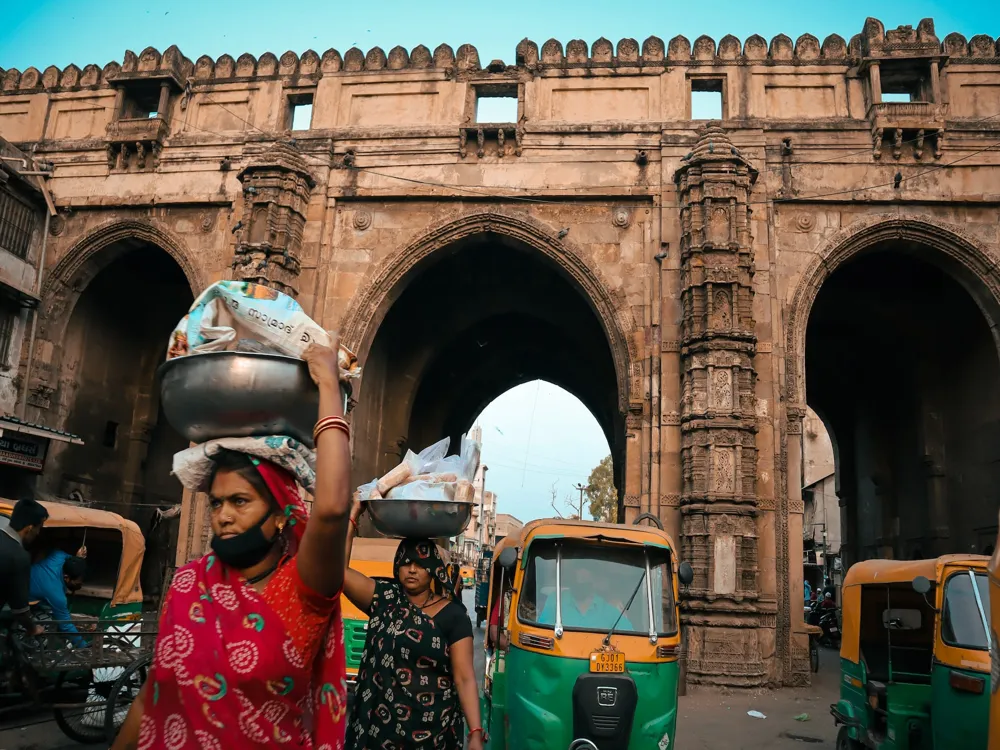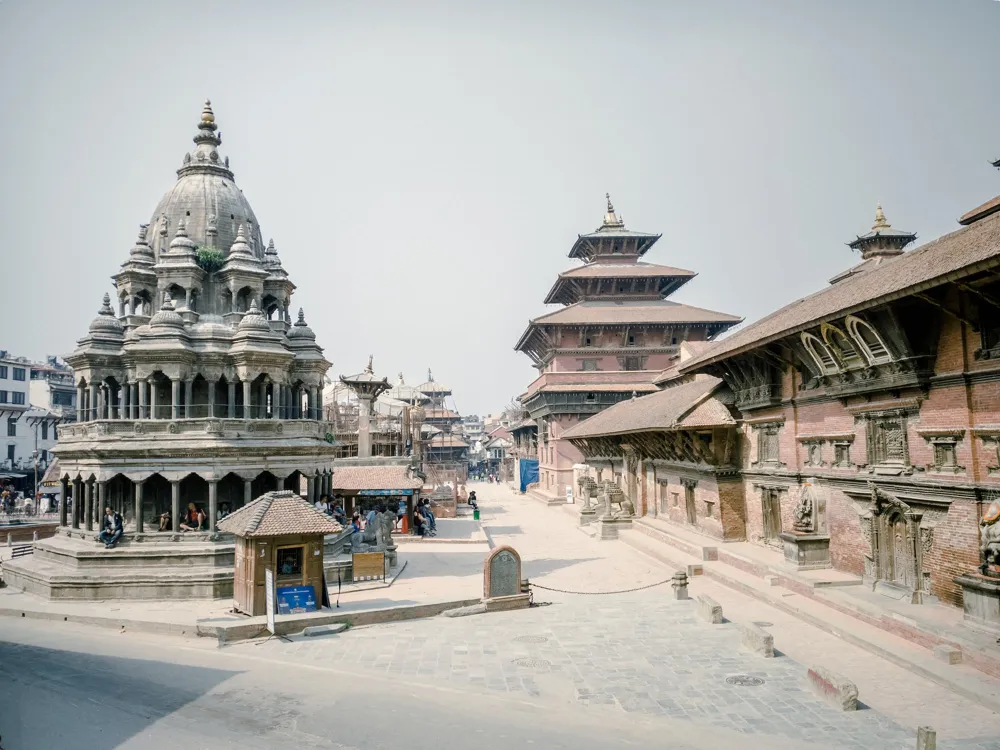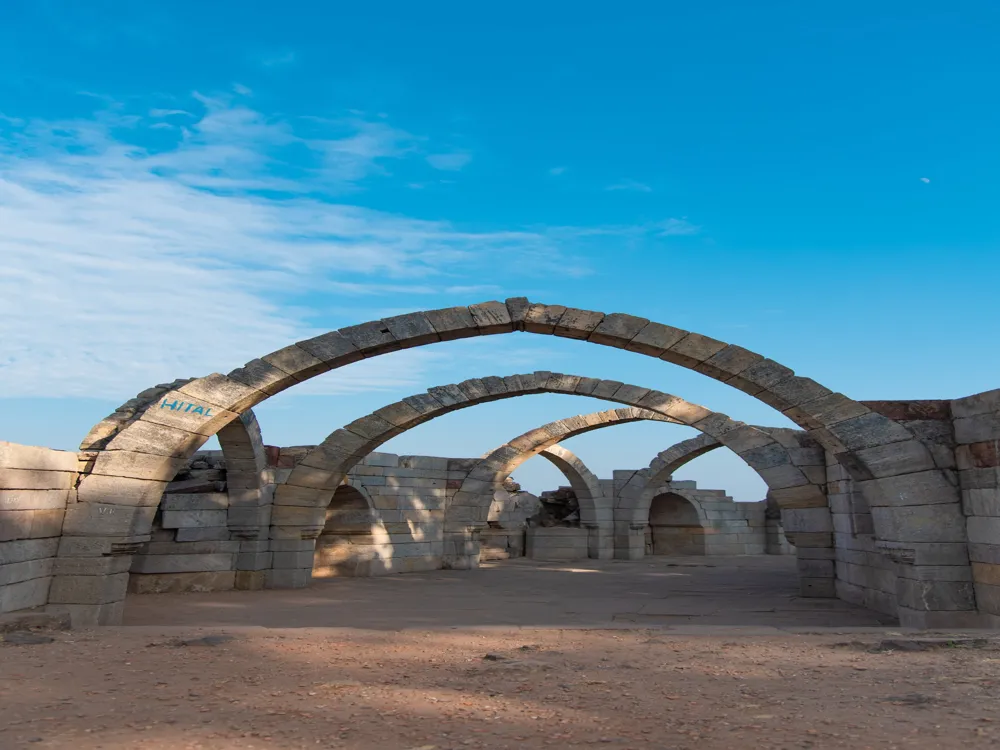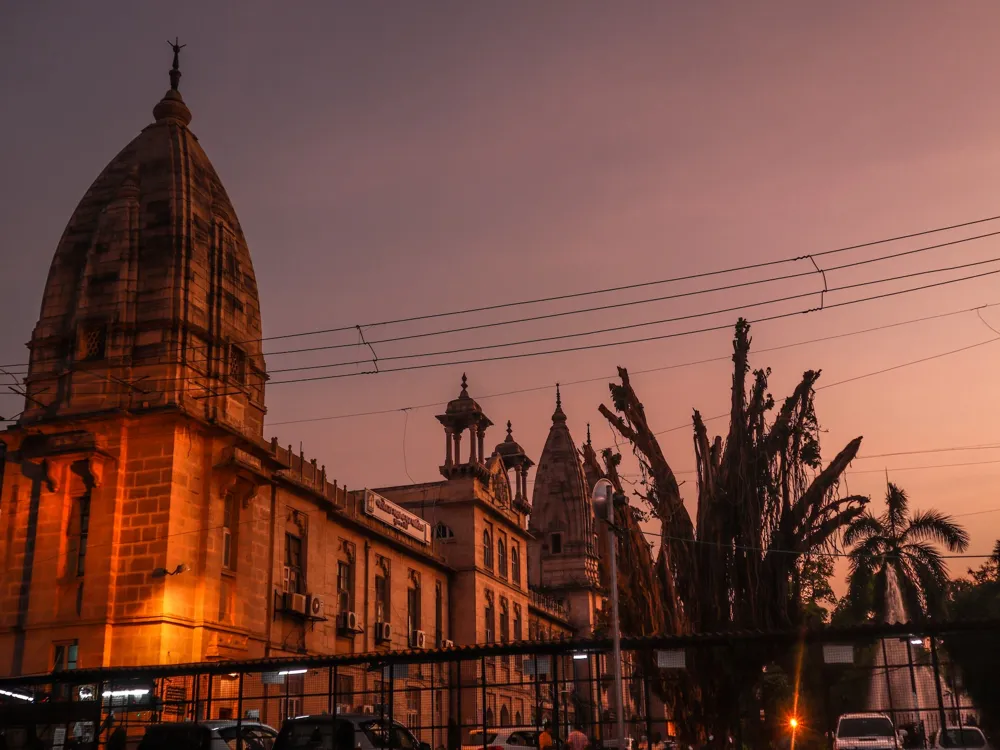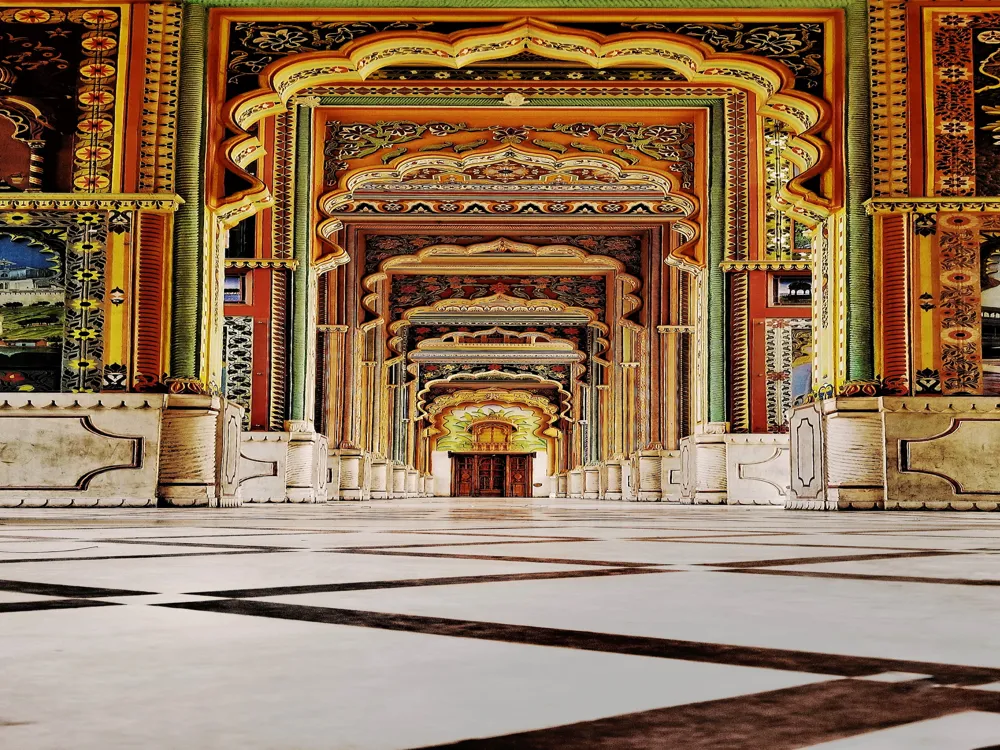Banascraft, a vibrant and culturally rich artisan community in Ahmedabad, Gujarat, stands as a testament to the region's deep-rooted artistic heritage. Nestled in the heart of Gujarat, this area is renowned for its exceptional craftsmanship and unique textile designs, particularly known for its exquisite handloom and embroidery work. The community of Banascraft has been a cradle of creativity for centuries, fostering an environment where traditional techniques are preserved while innovation is encouraged. This has led to a fascinating blend of historical and contemporary styles in their products, making Banascraft a must-visit destination for art and culture enthusiasts. The history of Banascraft dates back several centuries, with its origins deeply intertwined with the local communities of Gujarat. Artisans here have passed down their skills through generations, maintaining the authenticity and integrity of their craft. What makes Banascraft truly unique is its commitment to sustainability and empowering local artisans, especially women. The artisans of Banascraft use eco-friendly materials and methods, ensuring that their creations are not only beautiful but also environmentally responsible. A visit to Banascraft is not just a shopping experience; it's a journey into the heart of Gujarati culture. Here, visitors can witness the intricate process of weaving, dyeing, and embroidery, and understand the stories and traditions behind each creation. Banascraft is more than just a craft center; it's a living museum of Gujarati heritage and a vibrant hub of creativity and innovation. The architecture of Banascraft in Ahmedabad is a mirror reflecting the rich cultural and historical legacy of Gujarat. The design of the buildings and workshops in Banascraft is deeply influenced by traditional Gujarati architectural styles, characterized by intricate jali work (lattice screens), beautifully carved wooden elements, and colorful facades. These architectural features not only add aesthetic value but also serve practical purposes, such as natural cooling and ventilation, crucial in Gujarat's climate. The layout of Banascraft is thoughtfully designed to create a harmonious balance between workspaces and communal areas. Artisan workshops are often open and spacious, allowing visitors to observe the craftsmanship up close. The use of local materials such as mud, wood, and stone in construction reflects the community's commitment to sustainability and their deep connection with the local environment. One of the highlights of Banascraft's architecture is the communal courtyard spaces, which serve as gathering spots for artisans to collaborate and share ideas. These courtyards are often adorned with traditional motifs and artworks, creating a vibrant and inspiring atmosphere. The blend of traditional design with modern functionality makes the architecture of Banascraft a fascinating subject for architects, historians, and tourists alike. Before heading to Banascraft, it's essential to plan your visit. Check the opening hours and try to arrive early to avoid crowds. It's also a good idea to research the local festivals and events, as visiting during these times can provide a more immersive experience. Banascraft is not just a tourist attraction; it's a living community. Visitors should respect local customs and traditions. Dress modestly, and always ask for permission before taking photos of artisans or their work. Don't hesitate to engage with the local artisans. They are often happy to share stories about their craft and may even offer a demonstration. This interaction can provide deeper insight into the cultural significance of their work. Banascraft is accessible via various modes of transportation. The nearest airport is the Sardar Vallabhbhai Patel International Airport in Ahmedabad. From the airport, visitors can hire taxis or use public transport to reach Banascraft. For those preferring to travel by train, the Ahmedabad Railway Station is well-connected to major cities across India. Local buses and auto-rickshaws are also available for convenient travel within the city. For a more authentic experience, one might consider renting a bicycle or walking to explore the nearby areas. Read More:Overview of Banascraft in Ahmedabad, Gujarat
Architecture of Banascraft
Tips When Visiting Banascraft
Plan Your Visit
Respect the Local Culture
Engage with Artisans
How To Reach Banascraft
Banascraft
Ahmedabad
Gujarat
NaN onwards
View ahmedabad Packages
Ahmedabad Travel Packages
View All Packages For Ahmedabad
Top Hotel Collections for Ahmedabad

Private Pool

Luxury Hotels

5-Star Hotels

Pet Friendly
Top Hotels Near Ahmedabad
Other Top Ranking Places In Ahmedabad
View All Places To Visit In ahmedabad
Faq on Ahmedabad
What is Banascraft Ahmedabad known for?
Banascraft Ahmedabad is renowned for its exquisite handcrafted products, including textiles, pottery, and traditional artifacts, showcasing the rich cultural heritage of the Banaskantha region.
Where can I find Banascraft products in Ahmedabad?
Banascraft products can be found at various outlets and stores across Ahmedabad, including craft fairs, exhibitions, and specialty shops that promote indigenous crafts and artisans.
How can I support Banascraft Ahmedabad artisans?
You can support Banascraft Ahmedabad artisans by purchasing their handmade products, visiting their workshops, attending craft events, or by spreading awareness about their craftsmanship and heritage.
Are Banascraft Ahmedabad products eco-friendly?
Yes, Banascraft Ahmedabad products often prioritize eco-friendly materials and sustainable production methods, promoting environmental conservation and responsible consumption.
Can I visit Banascraft Ahmedabad workshops or studios?
Yes, Banascraft Ahmedabad occasionally organizes workshops, studio tours, and cultural experiences where visitors can learn about traditional crafts and interact with local artisans.
View ahmedabad Packages
Ahmedabad Travel Packages
View All Packages For Ahmedabad
Top Hotel Collections for Ahmedabad

Private Pool

Luxury Hotels

5-Star Hotels

Pet Friendly
Top Hotels Near Ahmedabad
Other Top Ranking Places In Ahmedabad
View All Places To Visit In ahmedabadFaq on Ahmedabad
What is Banascraft Ahmedabad known for?
Banascraft Ahmedabad is renowned for its exquisite handcrafted products, including textiles, pottery, and traditional artifacts, showcasing the rich cultural heritage of the Banaskantha region.
Where can I find Banascraft products in Ahmedabad?
Banascraft products can be found at various outlets and stores across Ahmedabad, including craft fairs, exhibitions, and specialty shops that promote indigenous crafts and artisans.
How can I support Banascraft Ahmedabad artisans?
You can support Banascraft Ahmedabad artisans by purchasing their handmade products, visiting their workshops, attending craft events, or by spreading awareness about their craftsmanship and heritage.
Are Banascraft Ahmedabad products eco-friendly?
Yes, Banascraft Ahmedabad products often prioritize eco-friendly materials and sustainable production methods, promoting environmental conservation and responsible consumption.
Can I visit Banascraft Ahmedabad workshops or studios?
Yes, Banascraft Ahmedabad occasionally organizes workshops, studio tours, and cultural experiences where visitors can learn about traditional crafts and interact with local artisans.











